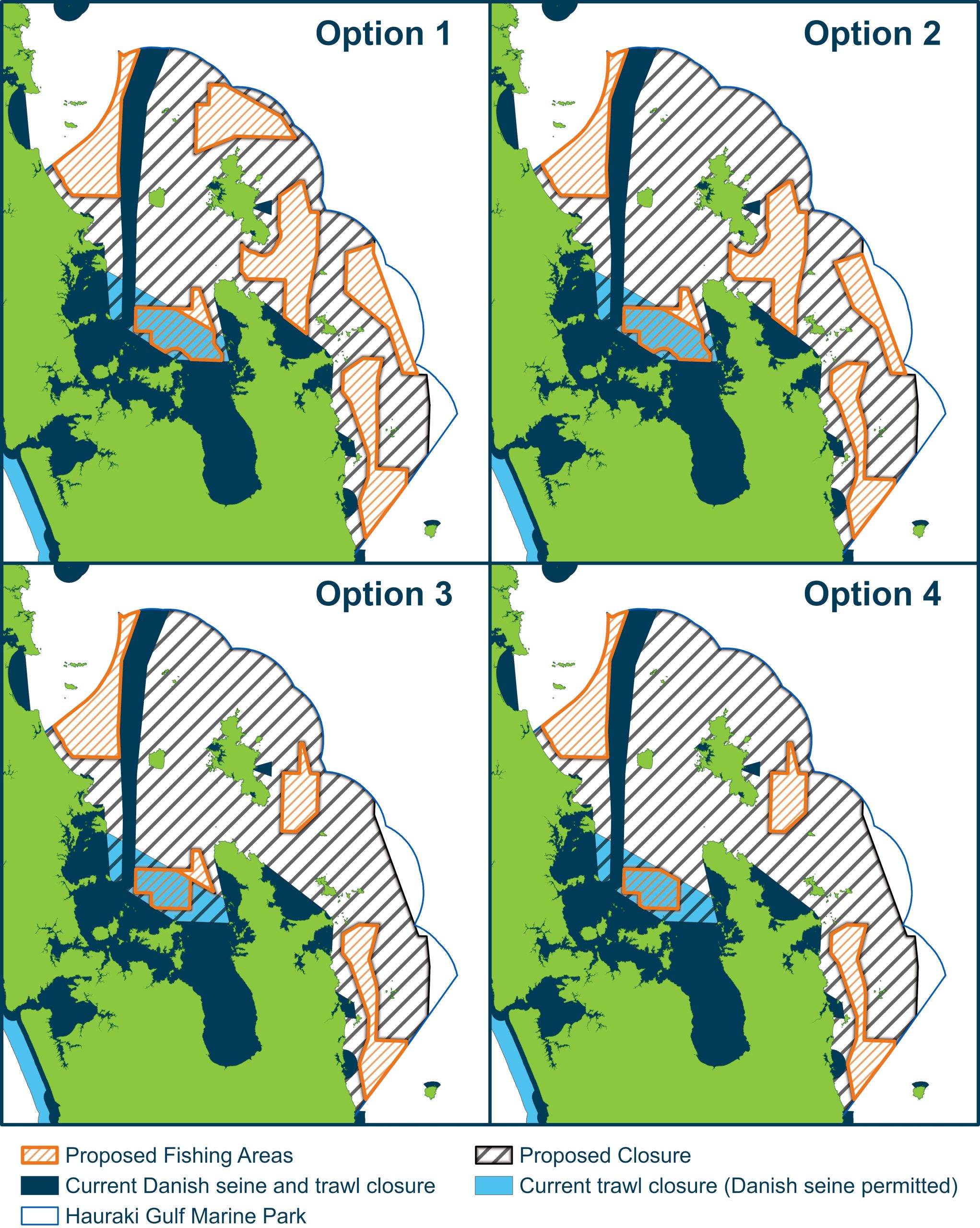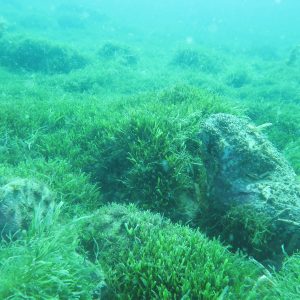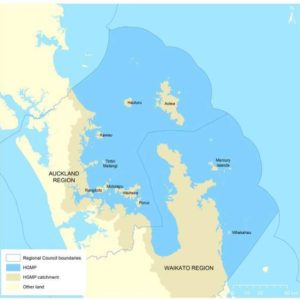It’s staggering to realise that the Hauraki Gulf Marine Park was established in 2000 to protect this maritime jewel for the benefit of the community, yet 23 years later it has become more degraded. The scallop fishery is closed, the crayfish population is described as functionally extinct, the invasive Caulerpa seaweed is spreading, and mushy flesh fish are more commonly caught. If we want our kids and theirs to enjo y a vibrant marine environment, now is our time to speak up for future generations.
y a vibrant marine environment, now is our time to speak up for future generations.
Currently, the government is consulting on four options to limit bottom trawling and Danish seining to large areas called ‘corridors’ within the Gulf. Submissions were due with Fisheries New Zealand by 6 November, they are now accepting submissions until 4 December.
None of the options remove all trawling and seining from the Park, as recommended by the Sea Change Stakeholder Working Group.
Officials have already closed consultation on proposals for 19 new marine protected areas (MPAs).
These are important issues for people who live inside and outside the Marine Park boundaries, and that’s why we have developed an alternative plan – Option Zero.
LegaSea is concerned that officials haven’t given sufficient thought to any knock-on effects from their proposals, because what happens in the Park can affect the people of East Northland, the Coromandel and Bay of Plenty.
The Hauraki Gulf Marine Park extends from Te Arai in the north to Waihi. However, the management area for many of the species caught in the Gulf extends from North Cape to East Cape.
Fisheries New Zealand’s (FNZ) options one to four do not include any cuts to catch limits. And there’s no intention to create a separate management area for the Gulf, so catch and fishing effort will be concentrated in some of the remaining productive areas. Then we must factor in the 19 new MPAs where no bulk harvesting will be permitted. All this adds up to pressure as industrial fishing shifts out of the Park.
Option Zero is no bottom trawling or Danish seining in the Hauraki Gulf Marine Park.
To avoid shifting effort into other regions, the Minister for Oceans and Fisheries must designate the Hauraki Gulf a separate fisheries management area so catch limits can be adjusted for species such as snapper that are caught inside and outside the current boundaries.
These are pragmatic steps to achieve the government’s transformation plan, to shift from bulk harvest, destructive fishing methods to more innovative, lower impact techniques such as long-lining for finfish.
Option Zero also recognises that commercial fishing is important to New Zealanders, for jobs and fish supply. The loss of the scallop fishery has had a profound effect on fishers, families and businesses in Northland, and people in the Coromandel who are still dealing with the aftermath of last summer’s cyclones. It may also be the incentive to fast-track the resumption of a viable scallop fishery when the beds have recovered from decades of dredging.
Science has moved on since trawling was first permitted in the Gulf over a century ago. There is no longer any plausible deniability. There is certainly no justification for continued use of destructive fishing methods in a marine park. Option Zero has the potential to pave the way for no bottom trawling and seining in inshore waters around the country. Make your voice heard by 4 December at optionzero.co.nz.




